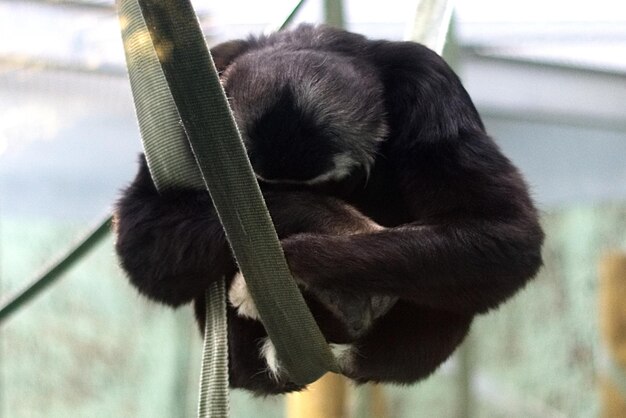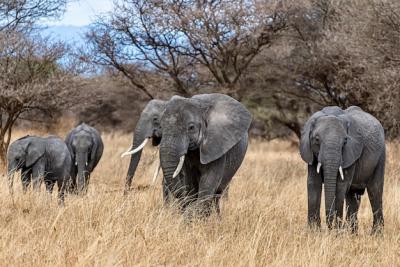Discover the Best Activities of a Sloth – Free Stock Photo, Download for Free
Understanding the Life of a Sloth
Sloths are fascinating creatures known for their slow movements and unique way of life. These gentle mammals are native to Central and South America and have adapted perfectly to their lush, tropical homes. One of their most remarkable traits is how they spend their time hanging out in the treetops, enjoying a life unhurried by the fast pace of the world around them.
What Makes Sloths Special?
There are several reasons why sloths capture our attention and admiration. Here are some key characteristics that make them stand out:
- Slow Movement: Sloths are famous for their extremely slow pace. They move at a speed of about 0.03 miles per hour, which helps them conserve energy.
- Unique Diet: Sloths primarily eat leaves, which are low in nutrition. Their slow metabolism allows them to thrive on such a limited diet.
- Camouflage: Their fur is often home to green algae, which helps them blend in with their surroundings and avoid predators.
- Strong Grasp: Sloths have long, curved claws that help them hang onto branches effortlessly.
Daily Life of a Sloth
Sloths live a peaceful life filled with simple pleasures. Hereâs how a typical day might look for a sloth:
- Resting: Sloths spend about 15-20 hours a day sleeping, usually curled up in the crook of a tree.
- Feeding: When not sleeping, sloths can be seen munching on leaves, which they eat slowly and methodically.
- Socializing: While sloths are mainly solitary animals, they do come together during mating season and sometimes interact with other sloths.
- Bathing: Sloths occasionally come down from trees to go to the ground, where they may bathe in water or relieve themselves.
Sloths in the Ecosystem
The role of sloths in their ecosystem is essential. They contribute to their surrounding environment in several ways:
- Food Source: Sloths are an integral part of the food chain, providing sustenance for predators like jaguars and eagles.
- Seed Dispersal: As sloths munch on leaves and fruits, they help disperse seeds, aiding in plant growth and biodiversity.
- Habitat for Others: Their fur houses many types of microorganisms, including algae and insects, which contribute to the ecosystem's health.
Why Choose to Learn About Sloths?
Understanding sloths goes beyond merely observing their behavior. Connecting with these creatures can deepen our appreciation for wildlife and the importance of conservation. Appreciating sloths in their natural habitat can inspire a sense of responsibility towards preserving their environments and the diverse species that share our planet.
Final Thoughts
Sloths remind us of the beauty in taking life slowly. Their calm demeanor and simple way of living offer a unique perspective in a fast-paced world. By learning more about these incredible animals, we not only enrich our knowledge but also contribute to a larger conversation about the significance of wildlife preservation.












